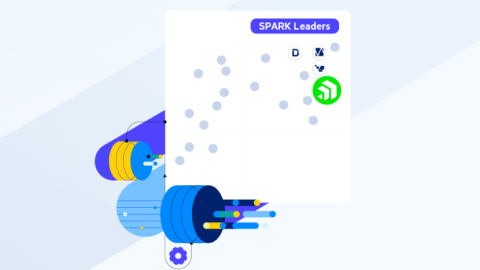Analysts Share Their 2025 Cybersecurity Predictions
It's the start of a new year. Like last year, I want to examine what analysts are predicting for the cybersecurity landscape in 2025 and the risks they feel will be front and center. There is no shortage of predictions for this year’s cybersecurity landscape outlook—so many, it's impossible to compile them all. While not a thorough summary of the threats and risks in 2025, this article highlights the most common topics covered by cybersecurity specialists.











